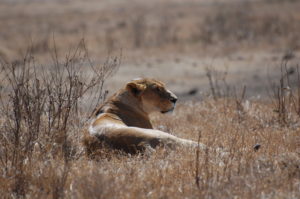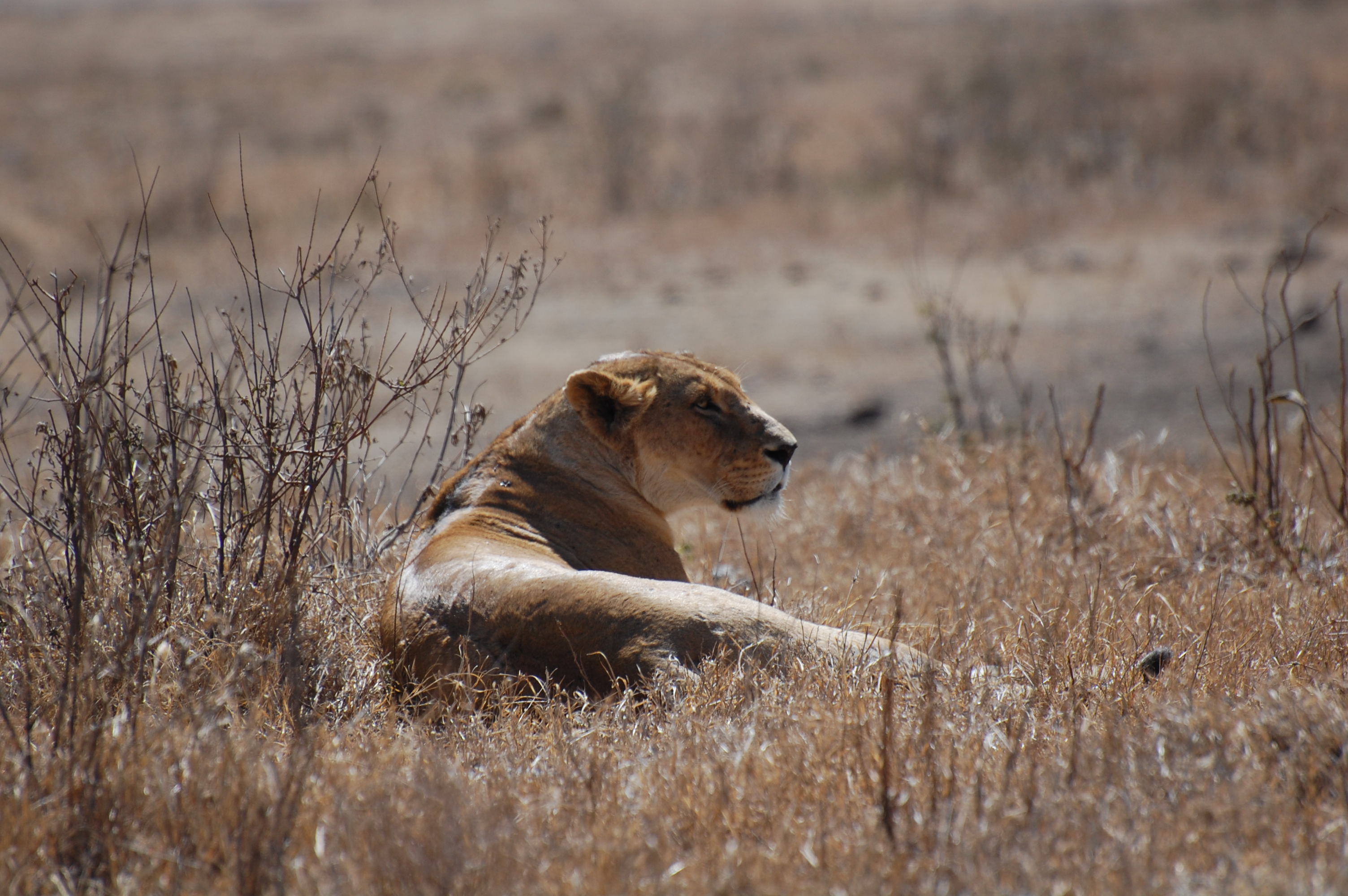 The Convention on Biological Diversity (CBD) recognizes that there are significant running costs associated with ensuring that protected areas (PAs) are effectively protected and the importance of the goal to ensure financial sustainability for biodiversity conservation policies.
The Convention on Biological Diversity (CBD) recognizes that there are significant running costs associated with ensuring that protected areas (PAs) are effectively protected and the importance of the goal to ensure financial sustainability for biodiversity conservation policies.
International institutions and countries can achieve “stable and sufficient long-term financial resources to support their protected area systems”, the so called “sustainable financing”.
One of the main tools to plan and programme the sustainable financing for protected areas is the Business Plans. A sustainable Financial Plan is an iterative and broadly owned plan to attract sufficient and sustainable financial resources to effectively manage the protected area system. It Identifies, prioritises, and presents strategies to fill funding gaps.
Many institutions defined the content of a PA’s Business Plan. For example:
- CBD defined the Business Plan’s content with a system of questions and answers;
- conservationfinance.org does not consider the profit the main objective of the business, but rather to improve the management of the protected area and make it financially as well as ecologically and socially sustainable;
- IUCN provides many tools on this matter: one of this is the document “Financing Protected Areas”.
In Europe, a good case study on sustainable financing is the NATREG Project, which elaborated a specific guide.
Ecolinfa has a significant experience in protected areas management plans, in Italy and Africa, including financial and business planning and international donors’ projects.

